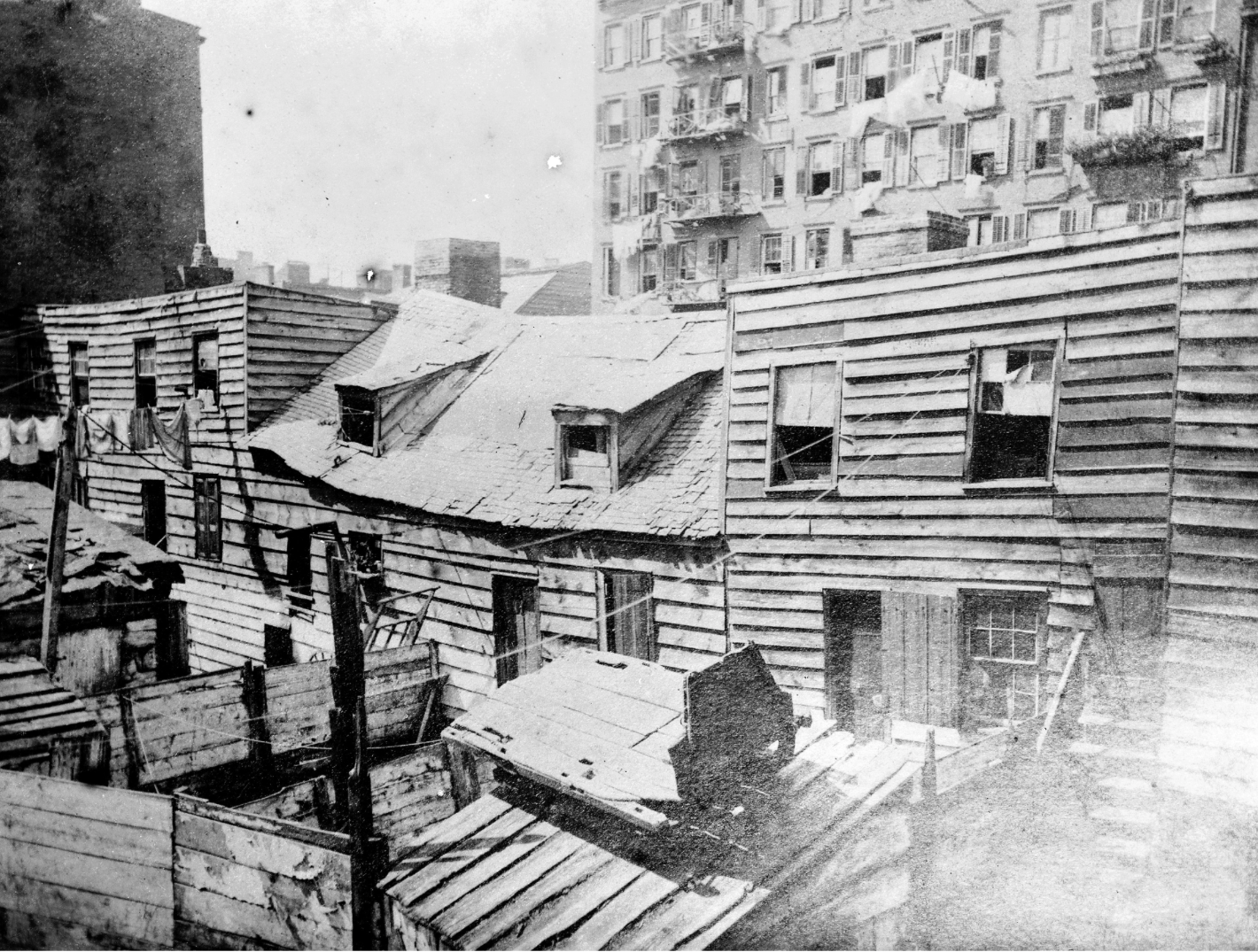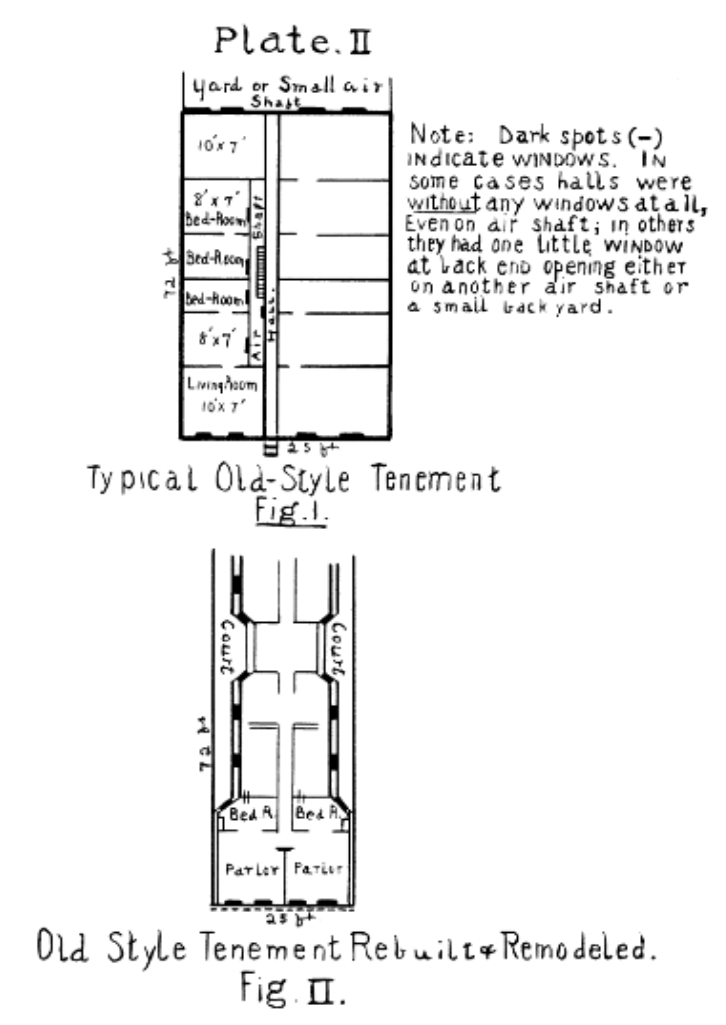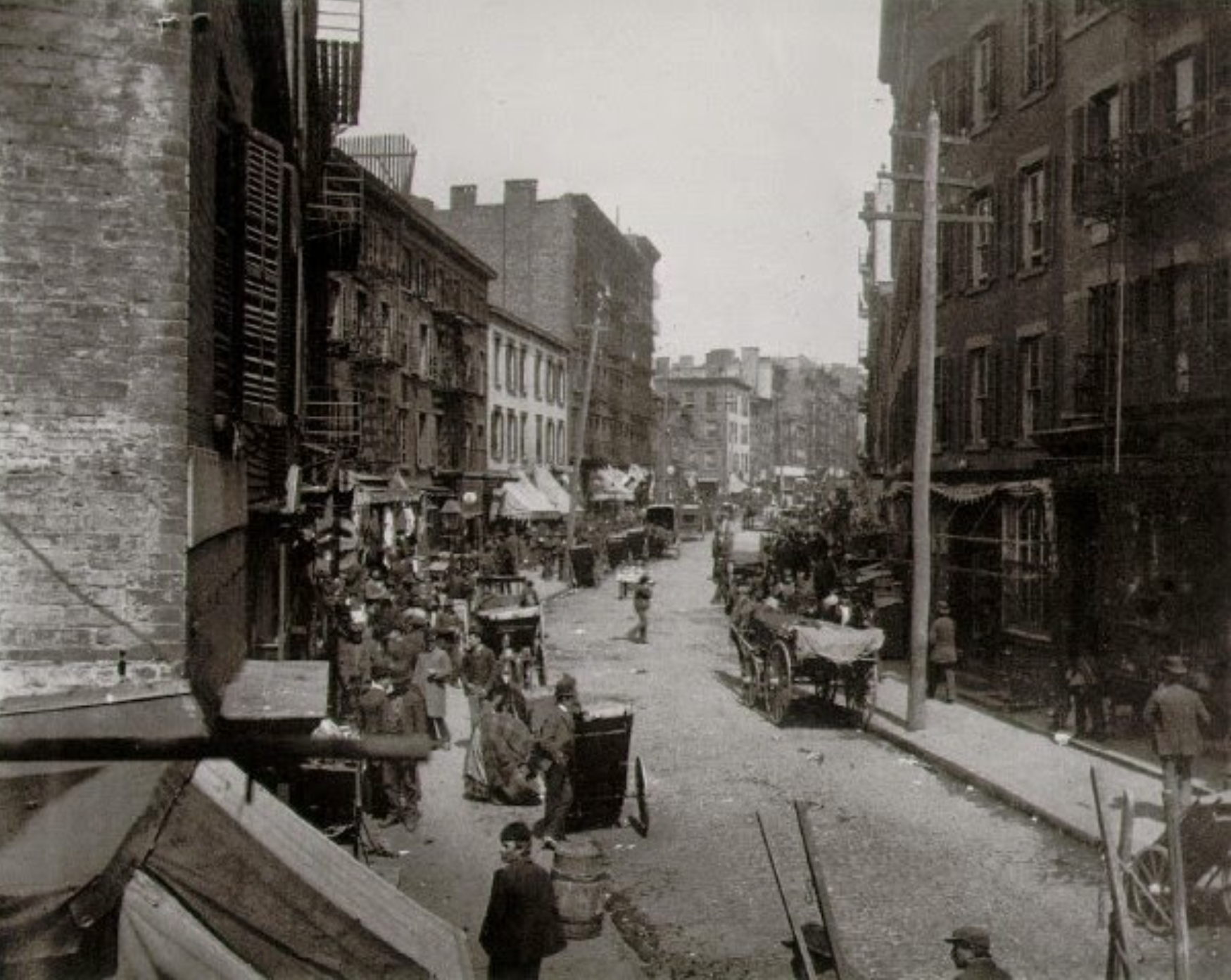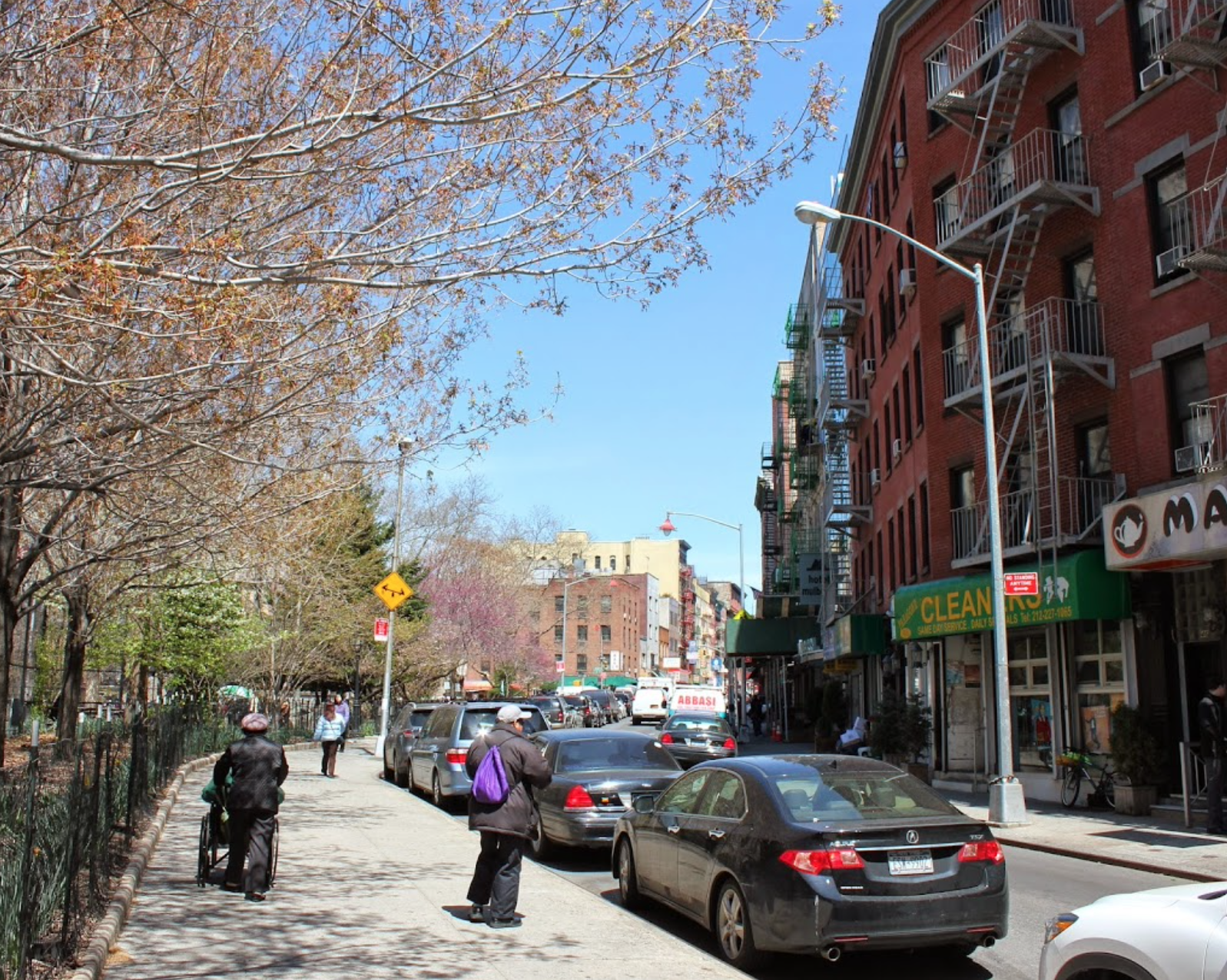
Immediate Impacts
Rights Realized
The impoverishment of the immigrant populations living in the slums of NYC exemplify the need to protect a number of basic human rights, ranging from access to proper housing and the right to be protected from slander and discrimination.
One of the immediate governmental responses to the tenement house crisis was the passing of the Tenement House Act of 1901, which set regulations on the size of such homes and mandated the installation of lights and more sanitary housing conditions.

Photo of Five Points Slum, Jacob Riis, 1872.
Shift In Public Opinion
“Can one longer deny the fact that the main hope for a solution…rests upon providing a pure, healthy home life[?]”
~ Francis R. Cope, 1901

Tenement House Reform: Its Practical Results in the 'Battle Row' District, New York, 1901.
As quickly as the news about the severity of the conditions in slums spread, reconstruction projects were launched which sought to renovate the run-down tenement houses.
“the halls are cleaner, lighter, and more airy, having a large window [and]...several smaller windows opening on the air-shafts. The rooms, too, are larger and have access to more air and light.”
~ Francis R. Cope, 1901
“Italian comes in at the bottom, and in the generation that came over the sea he stays there. In the slums he is welcomed as a tenant who “makes less trouble” than the contentious Irishman or the order-loving German, that is to say: is content to live in a pig-sty and submits to robbery at the hands of the rent-collector without murmur.”
~ How the Other Half Lives, Jacob Riis, 1890
Although the impacts of the publication helped spread awareness about poverty and improved the standard of living, it’s important to mention some of the criticisms he faced. Riis causally used offensive stereotypes to describe the immigrants he referred to in his book, leading some to argue that his portrayal of those in the tenements might not have been entirely sympathetic.
Furthermore, Riis would often enter homes without permission and document residents in their most vulnerable states. Despite this agenda, Jacob Riis had still taken on the responsibility of inciting change for the people in tenements at a time they were ignored or looked down on.
Mulberry Bend
Mulberry Bend was considered one of the worst slums in NYC. Riis had focused an entire chapter in How The Other Half Lives on the living conditions inside the Bend, likening it to a pig-sty. His publication increased focus on this area, attracting public attention.

Riis, Out of Mulberry Street.

Strahan, “Mulberry Bend, New York City.”
Influenced by Riis, Calvert Vaux and Frederick Law Olmsted decided to transform the place, tearing down tenements to be replaced with trees and flowers. The space opened in 1911, being renamed as Columbus Park. It provided people who were once crammed together a place to breathe.
Despite the positive changes to Mulberry Bend through his publication, it’s also important to recognize some exaggerations as the book depicts Mulberry Bend as being infested with violence when its crime rates were consistent with the rest of the city.